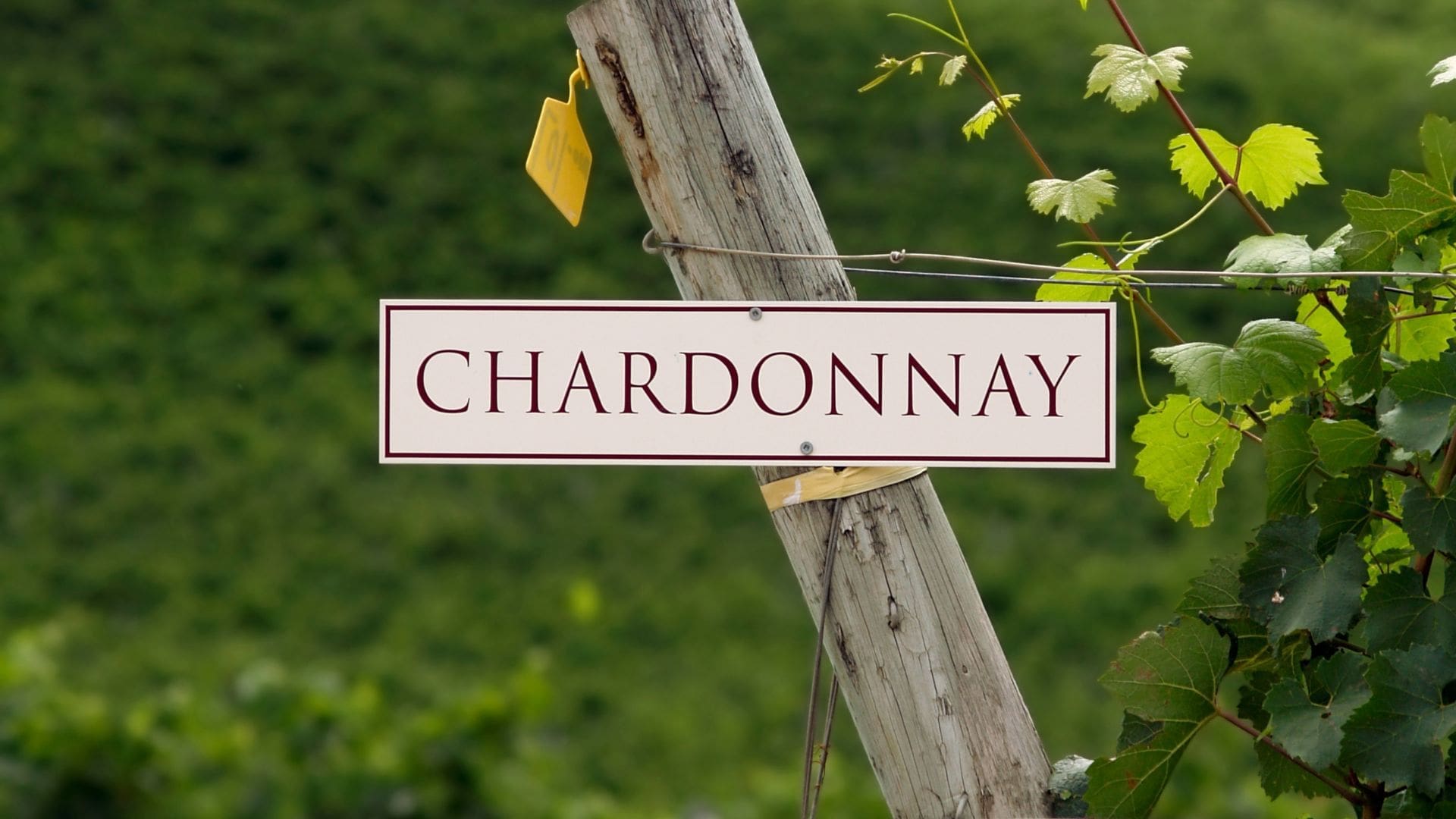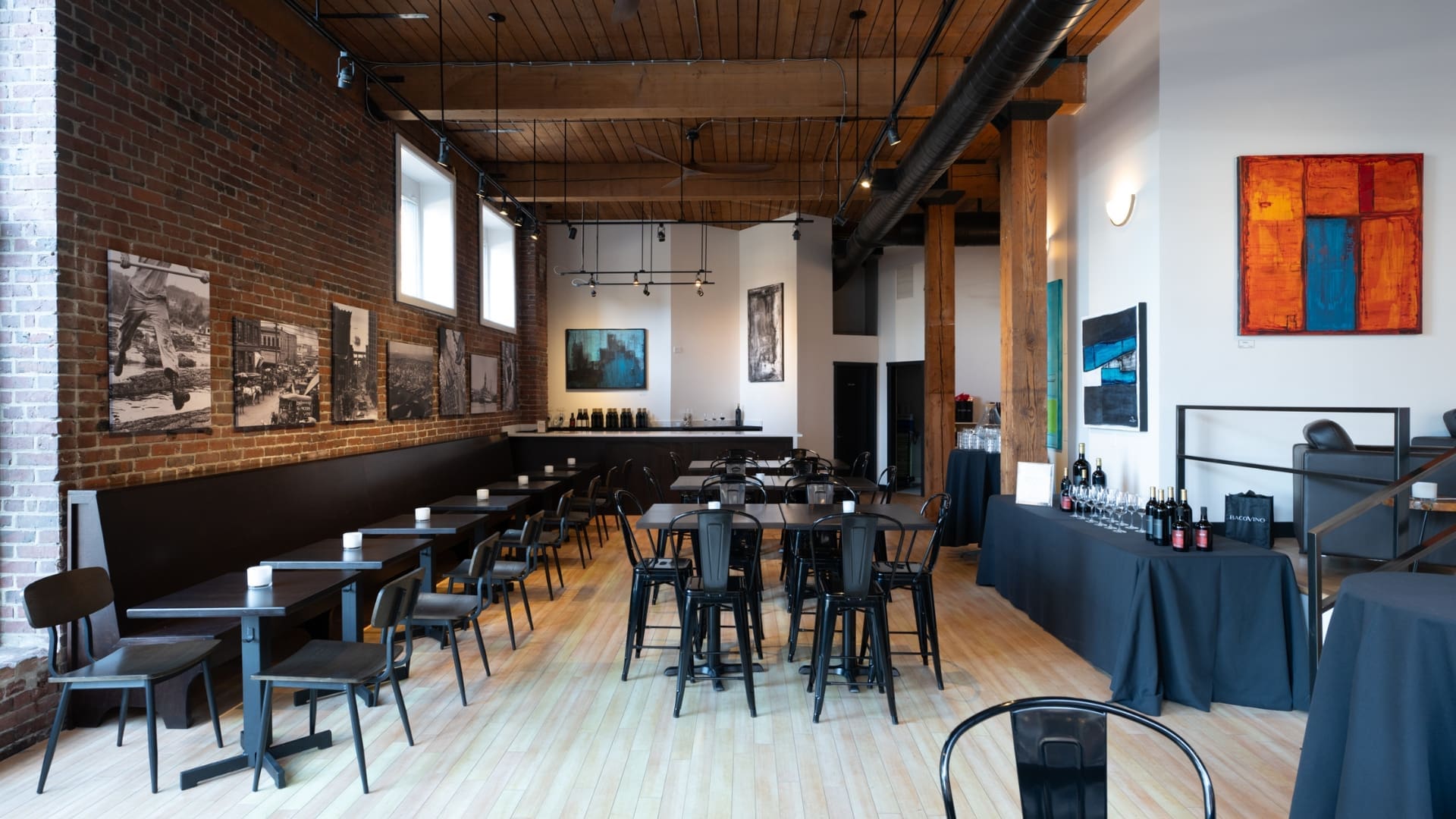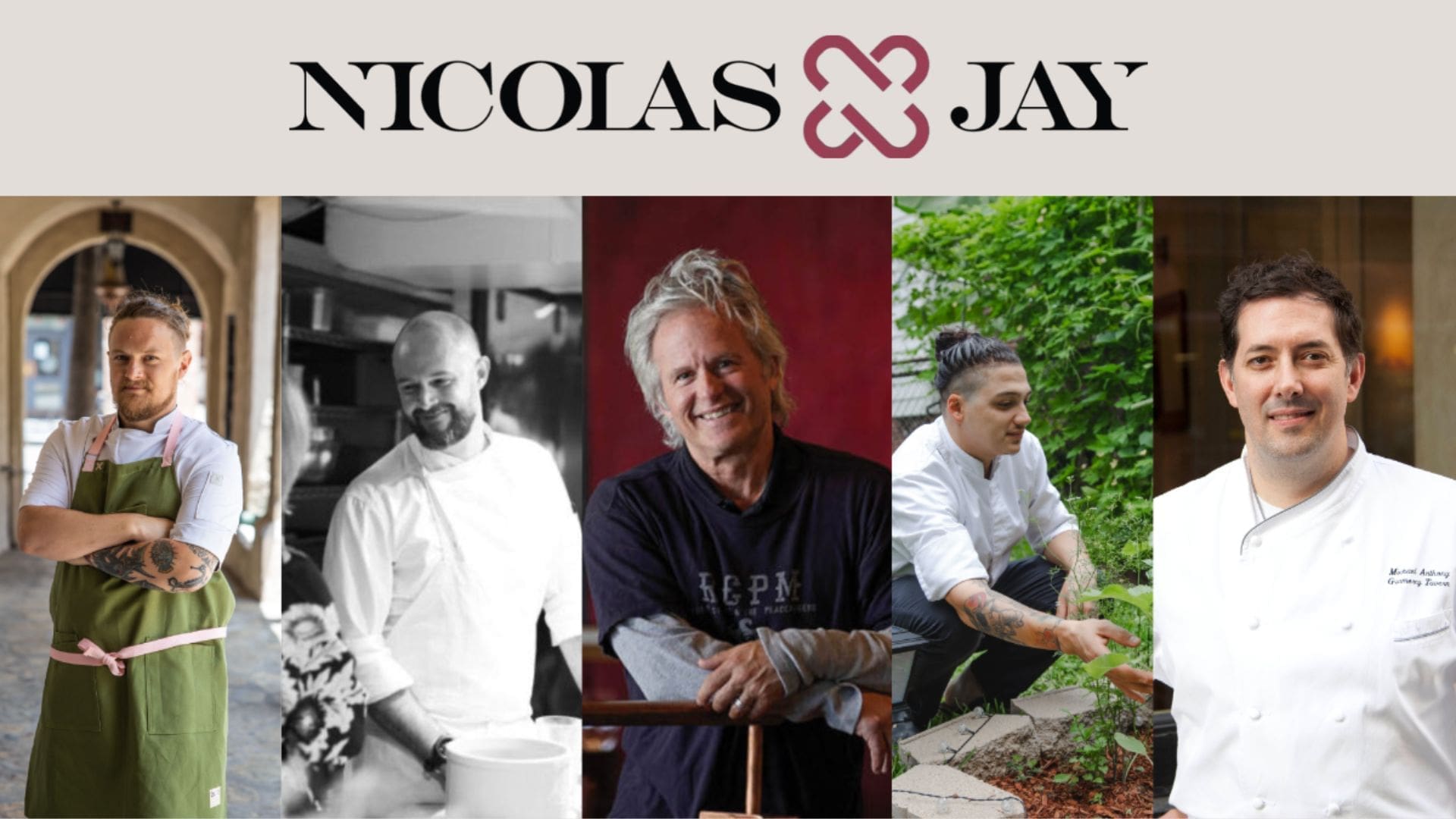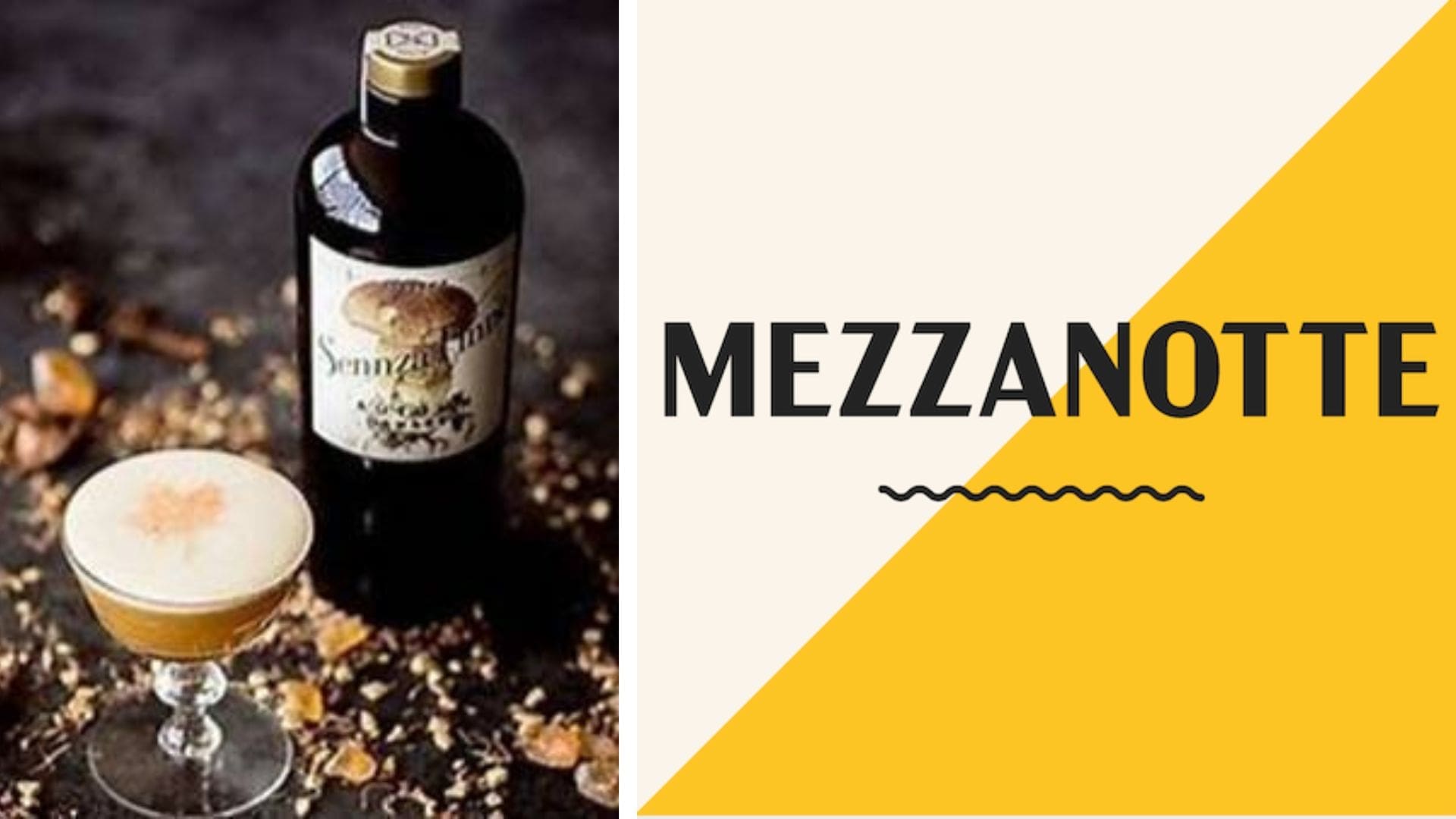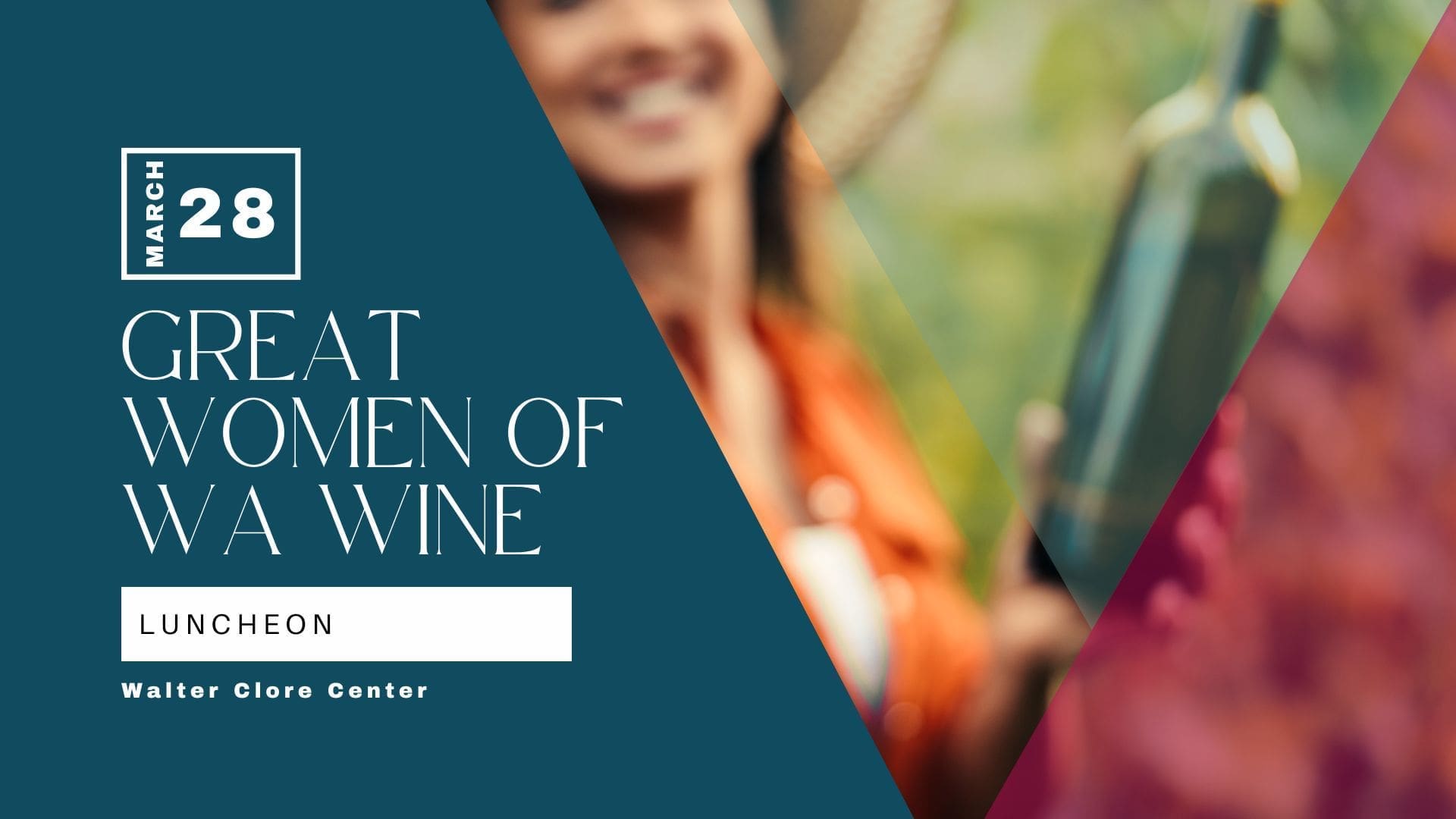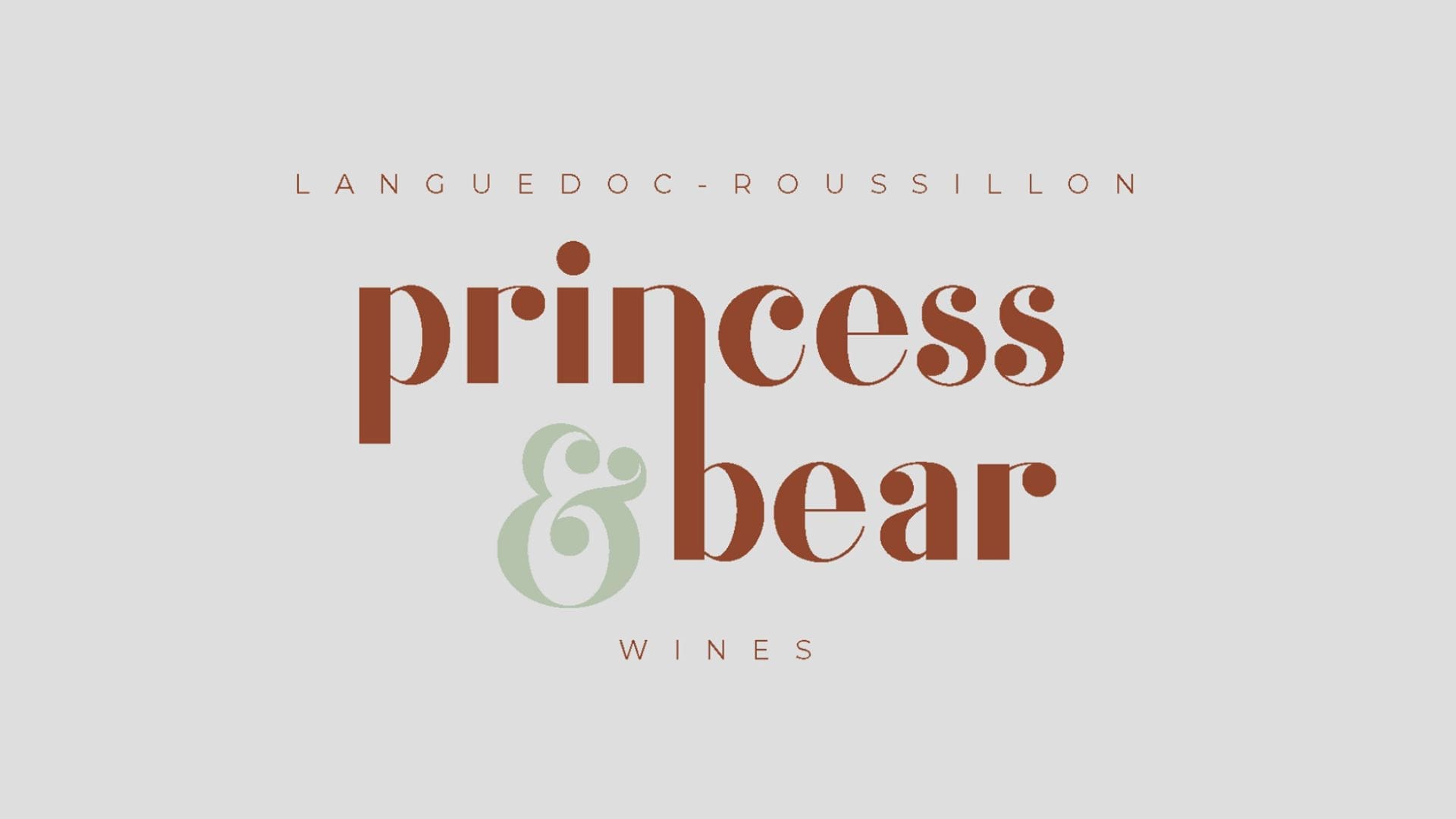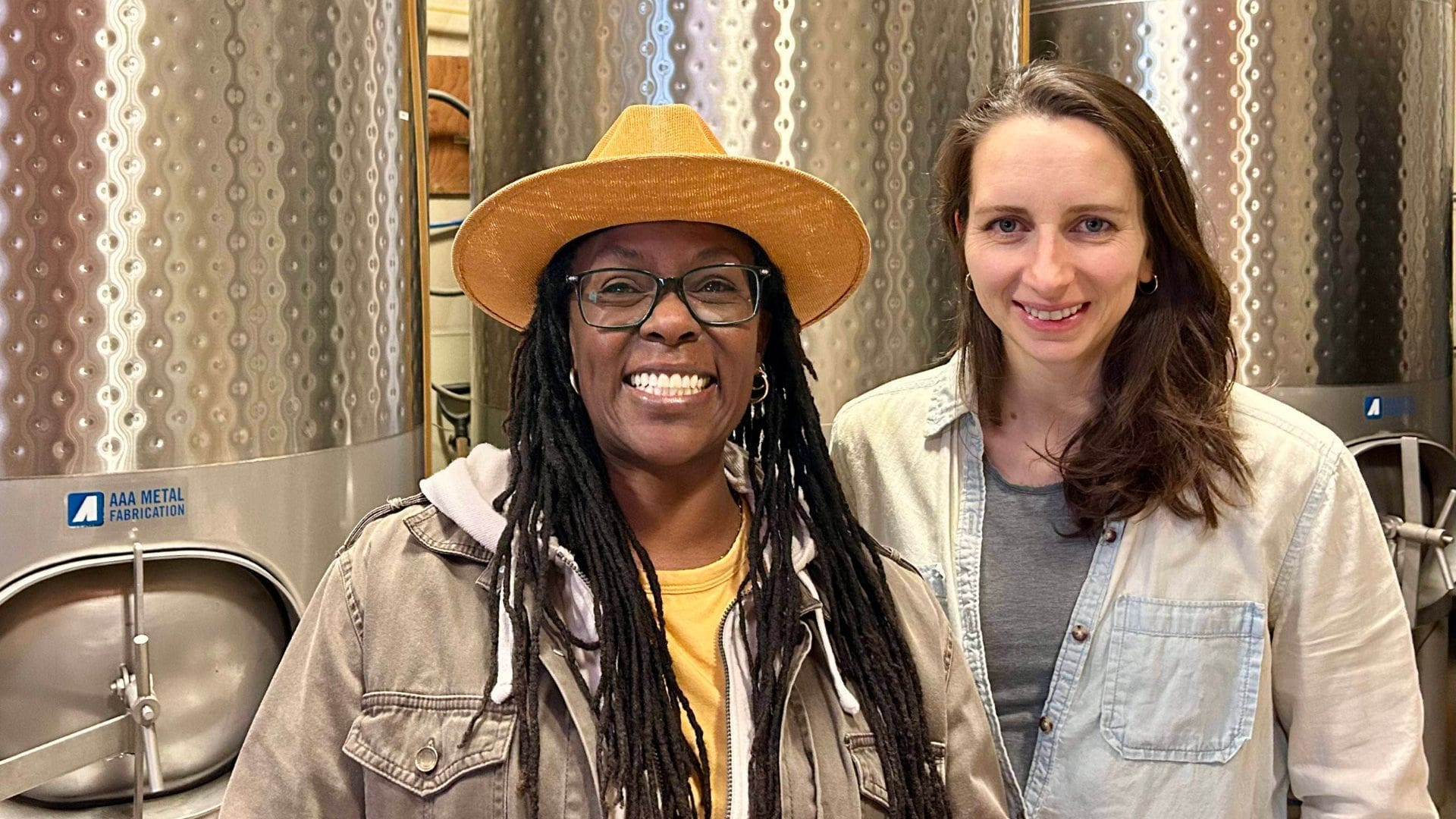Time to reconsider this ubiquitous varietal — it’s not the grape you hate, but the style
In the six-plus years I’ve spent in the wine industry, one of my least — and simultaneously most favorite — responses I hear from winery patrons when asked what they like to drink is always this:
“Anything but Chardonnay.”
Why do I both hate and love this response? Because eight out of 10 times, those folks don’t not like Chardonnay, they simply don’t like a certain style of Chardonnay. And I get to be the one to break down those preconceived notions about the variety.
The reality is, Chardonnay didn’t always taste this way. The profound evolution of leaving behind the ways of Burgundy, France, into what we’ve now associated with a “Californian” style — Chardonnay that’s rich with flavors of oak and butter — became the momentum that catapulted North America onto the global wine scene in the late 1970s. To have wine this way simply blew the minds of wine professionals all over the world and quickly became in demand, eventually placing the United States as one the leading forces in the production of the varietal.

A prime example of this winemaking style comes from a prestigiously known brand — which I won’t outright name but definitely pops up in a quick Google search of “famous Chardonnay.” The flavors of their flagship Chardonnay personally remind me of my least favorite childhood habits: chewing on pencils and putting way too much margarine on things. These are the flavors most people jeer at when explaining their relationship to Chardonnay. And I don’t blame them!
After all, famous brands like Rombauer, Bread & Butter, Sonoma Cutrer and other notoriously “Californian” Chardonnays still dominate our grocery store isles. Moreover, they are the first line of exposure to many of those who are learning about wine. But I have good news! While these wines will always have a place on the shelf, we are seeing a trend away from this genre. And we especially see this as we notice other regions in the United States gaining esteem. And where do we find wines that hone in on all of the other notes we love, like lemon zest, pear and honeysuckle? The most obvious examples come from the AVAs of the Pacific Northwest. But first, we should have a basic understanding of what makes wine taste the way it does.
What turns a crisp wine into a butter bomb involves an additional secondary fermentation, or malolactic conversion, a process common in red wines but seldomly used for whites — with the exception of Chardonnay. Malolactic conversion is often a tool used to help reduce the acid in cool climate or high acid wines.
Those chewed-pencil flavors come from oak. After fermentation, a wine maker chooses a vessel in which to age the wine. Vessels like stainless steel tanks, concrete eggs and neutral oak won’t add a ton of secondary flavors such as vanilla, oak or butterscotch. New oak barrel aging can add secondary flavors, on the other hand, depending on the percentage used for the overall vintage, as well as the age of the oak barrels themselves. While a Chardonnay can remain mostly balanced with fruit-forward characteristics even with the use of 20-30% new oak, other brands may choose to use as much as 70% new oak to age their vintage, allowing notes of cedar to shove flavors like grapefruit and orange peel off the stage.

There are a variety of reasons recent winemakers may choose to leave behind our once famous ways behind. For one, climate change. Warmer weather leads to grapes with higher sugar and lower acid levels. Lower acid could potentially mean less of a need for additional intervention like malolactic fermentation. Minimal intervention winemaking is the trend these days after all. And we also can’t deny that alternative vessels like stainless steel, concrete eggs, or other clay vessels like amphora, whether in combination with oak or used alone, are more cost efficient.
Oregon has a place in our hearts for their outstanding higher acid, fruit-forward Chardonnays. Washington is also creating a reputation for expressing the true notes of the fruit as opposed to a particular winemaking style. Even parts of California are following suit, shifting from using new oak to methods like aging and fermenting wine in stainless steel barrels and concrete “eggs,” which allow for natural flavors and textures of the grape to shine.
These winemaking styles will also lend itself to more versatility when it comes to pairings. Enjoy anything from fish, to cheeses, poultry, or even soups and stews. The more flexibility we have in our tasting notes, the more we’re bound to find something we like.
So if you’re one of those people who “doesn’t like Chardonnay,” I strongly urge you to give it another shot. Try intentionally looking for regions from our beloved Pacific Northwest and reading back labels in search of methodology and tasting notes. If you really want to explore further, find a “Chablis” — this is simply Chardonnay from France, and it is rarely over-oaked.
And to throw you for one more loop: Like sparkling wine? I’ll give you one guess at what your favorite “Blanc de Blancs” is made from….

Take a Sip!
Ready to taste the grape, not the style? Here are a few examples that just might change your opinion about Chardonnay.
Unoaked
Instead of oak, these Chardonnays are fermented and aged in either stainless steel, concrete, clay or even a combination. They maintain a crisp, green apple acidity all the way through to the finish and are bold in flavors of lemon and tropical fruit.
Jones of Washington | 2022 Chardonnay
Gray Monk Estate Winery | 2021 Unwooded Chardonnay
Martinez & Martinez Winery | 2022 Chardonnay
Three of Cups | 2022 Le Hierophante
Lightly Oaked
A well-balanced vintage of Chardonnay will typically land in the range of 10-30% new oak, with the rest being aged in neutral oak or other alternatives. Fruit-forward flavors remain but become balanced out with softer acid levels and slightly more complex tertiary flavors, like vanilla.
Domaine Divio | 2020 Les Climats Chardonnay
Division Winemaking Company | 2022 “Un” Chardonnay
Lange Estate Winery and Vineyard | 2021 Three Hills Cuvée Chardonnay
Siduri | 2021 Willamette Valley Chardonnay
Oaked
Just because oak percentage exceeds what we might usually prefer, doesn’t mean it can’t still be balanced and outstanding, especially in regions where chardonnay really thrives. However, these wines will develop deeper secondary flavors like buttered toast and cedar, which combined with the right foods and weather, could be a match made in heaven.
Soléna Estate | 2021 Domaine Danielle Laurent Vineyard Chardonnay
Woodward Canyon | 2023 Chardonnay
Björnson Vineyard | 2022 Reserve Chardonnay
Winter’s Hill | 2021 Chardonnay
Domaine Serene | 2021 Triple Crown Vineyard Chardonnay

